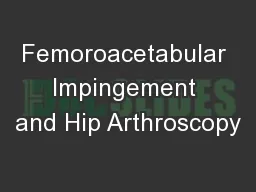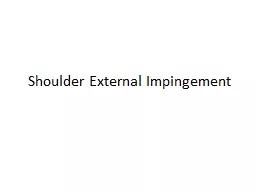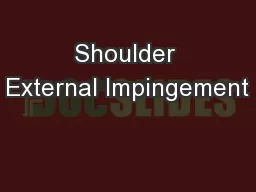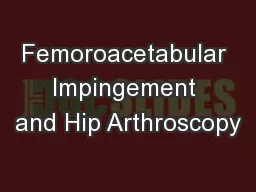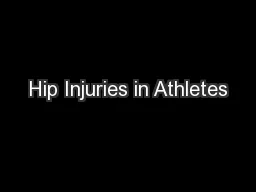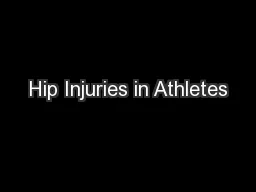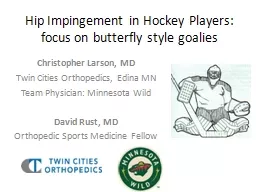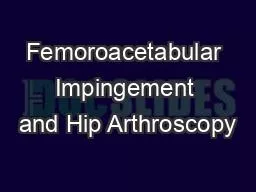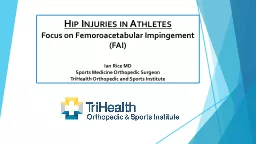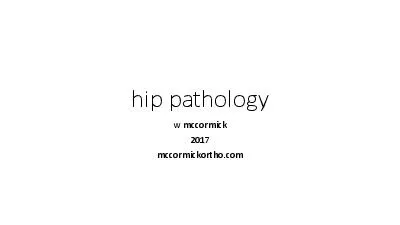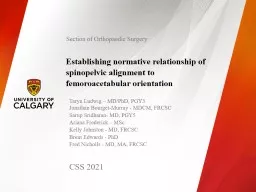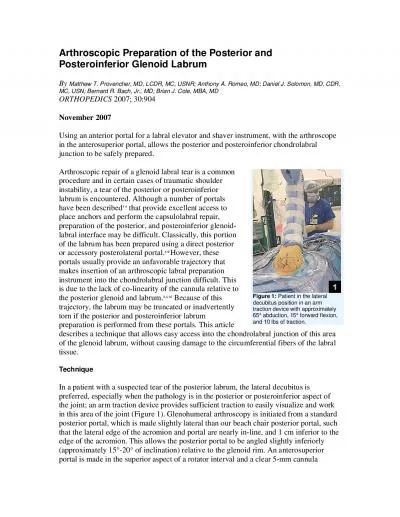PPT-Femoroacetabular Impingement and Hip Arthroscopy
Author : stefany-barnette | Published Date : 2017-05-29
Ian Rice MD Overview Newer last 1520 years concept to explain hip pain and development of osteoarthritis in patients without history and radiographic evidence
Presentation Embed Code
Download Presentation
Download Presentation The PPT/PDF document "Femoroacetabular Impingement and Hip Art..." is the property of its rightful owner. Permission is granted to download and print the materials on this website for personal, non-commercial use only, and to display it on your personal computer provided you do not modify the materials and that you retain all copyright notices contained in the materials. By downloading content from our website, you accept the terms of this agreement.
Femoroacetabular Impingement and Hip Arthroscopy: Transcript
Download Rules Of Document
"Femoroacetabular Impingement and Hip Arthroscopy"The content belongs to its owner. You may download and print it for personal use, without modification, and keep all copyright notices. By downloading, you agree to these terms.
Related Documents

